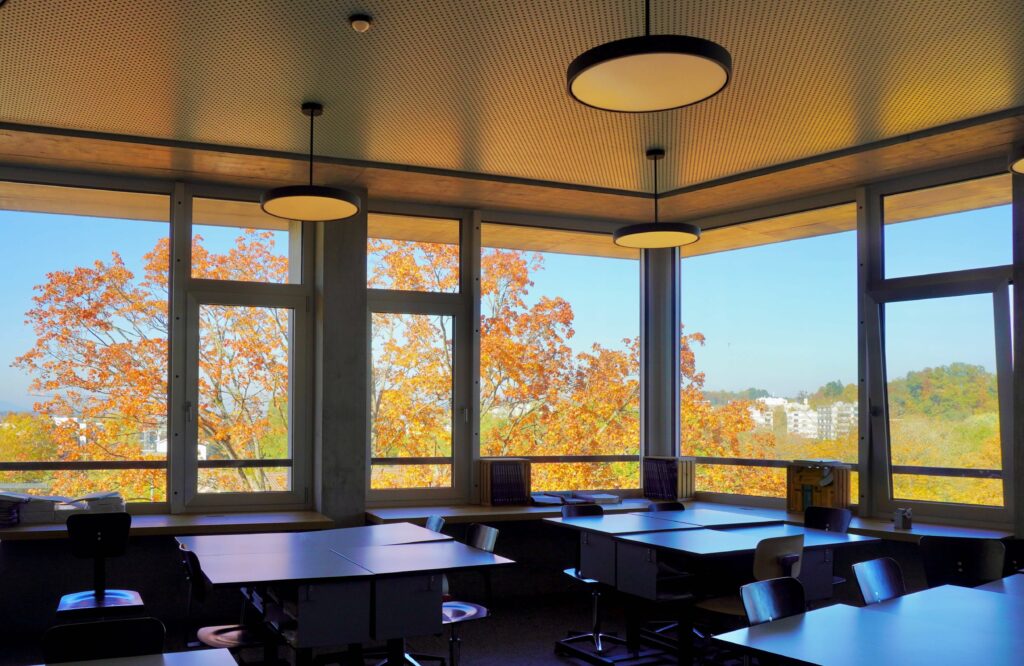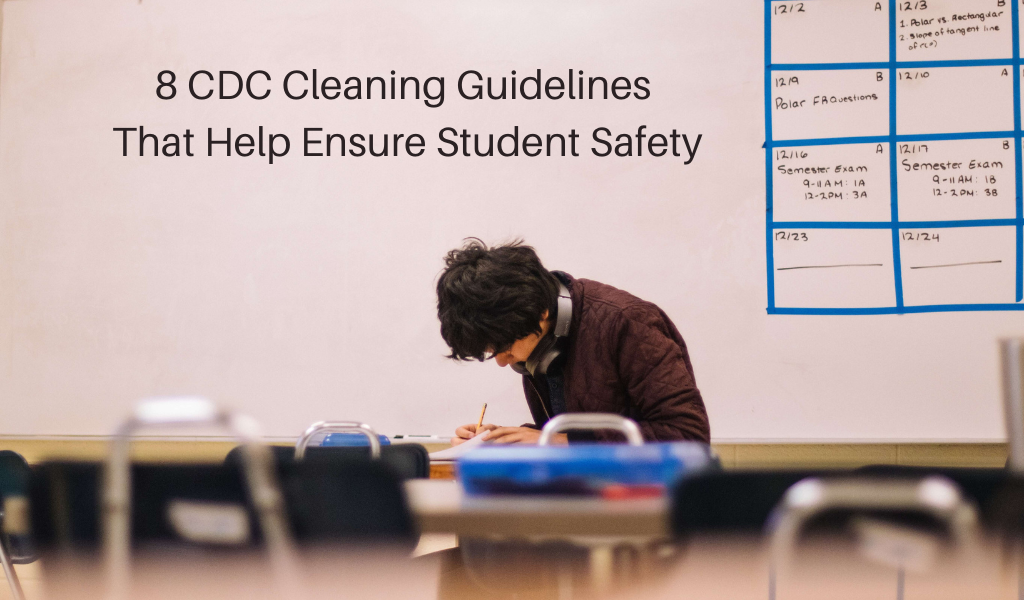Many of us became aware of CDC cleaning guidelines during the pandemic, but there’s more value there than meets the eye.
Sometime in 2020, the Centers for Disease Control and Prevention (CDC) began issuing cleaning guidelines related to Covid-19. Specifically for students, there were CDC cleaning guidelines for preschools, K-12 schools, and colleges. While these guidelines seemed new to many of us, and some probably were, the truth is that the CDC has a long history of similar guidance.
The CDC began operations in 1946, with the primary mission of preventing malaria, particularly in the southern United States. Since then, the CDC has grown into a major organization that monitors the outbreaks of diseases worldwide and works to ensure the health and safety of the U.S.
The CDC has worked on issues and diseases as varied as mine safety, dental disease, lead poisoning, biohazards, smallpox, Legionnaires’ disease, and workplace violence, among many others. And as a point of interest for your next trivia night, some of the early CDC cleaning guidelines came from a film about the “fundamental principles of detergents,” made for “groups interested in sanitation procedures in food handling industries.” So it should come as little surprise that they are a great resource for ensuring student safety.
Harness the value of Janitorial Manager to streamline your cleaning operation like never before. Learn more today with a discovery call and find out how to make your cleaning operation more efficient and cost effective!

The 8 CDC cleaning guidelines that need to be on your school checklist
If you’re having specific issues, the CDC has tips on numerous environmental cleaning topics, such as mold or the flu. More generally, however, here are 8 of the CDC cleaning guidelines that will help maintain safe school environments.
1. Ventilation. While ventilation became a big topic in relation to preventing Covid-19, good ventilation can also help reduce the number of overall contaminants in the air. As a commercial cleaner, you may be somewhat limited in what you can do to improve ventilation, but if possible, consider opening windows while you’re in a room cleaning.
2. Adjust frequency. High-touch surfaces and more populated areas are more likely to spread contaminants and may require more frequent cleaning.
3. Use the appropriate cleaner. For hard surfaces, use soap and water or the appropriate cleaner. For soft surfaces, “clean the surface using a product containing soap, detergent, or other type of cleaner appropriate for use on these surfaces.”
4. Disinfect with approved products. The Environmental Protection Agency (EPA) has an extensive list of products appropriate for use against tuberculosis, hepatitis, HIV, Covid, and many other common pathogens.
5. Be aware of dwell time. Different products require different amounts of dwell time in order to be effective against viruses and bacteria. Some of these times are minimal, while others can be up to five or even 10 minutes.
6. Do not mix cleaning products. Not only might this decrease the effectiveness of the products, but it can be extremely dangerous.
7. Keep HVAC filters and systems clean. These systems can spread contaminants from mold and dust to flu viruses. Keeping them clean and regularly changing filters can significantly reduce the number of contaminants that get blown around a school building.
8. Store cleaning products securely. In addition to the potential hazards posed by cleaning products, there’s also the simple fact that you don’t want people getting into your supplies. That ends up costing you money. While we’re on the topic, make sure you dispose of your cleaning chemicals properly, as well.
Adopting school cleaning procedures
Don’t let these CDC cleaning guidelines stress you out. They also point out that in many instances, normal cleaning with soap and water or a similar product is sufficient. In fact, too much cleaning can be counterproductive, as the cleaning products may irritate people.
To the extent possible, it’s also beneficial if you can get school staff and administration to promote handwashing. Obviously, you can’t wash people’s hands for them, nor can you make them wash their own. However, it’s a proven way to lower the risk of catching a cold, the flu, and many other viruses.
If you’re ready to increase the professionalism of your cleaning operation through better organization, easy access to important data, unparalleled tracking, and more, schedule a call with JM today!

